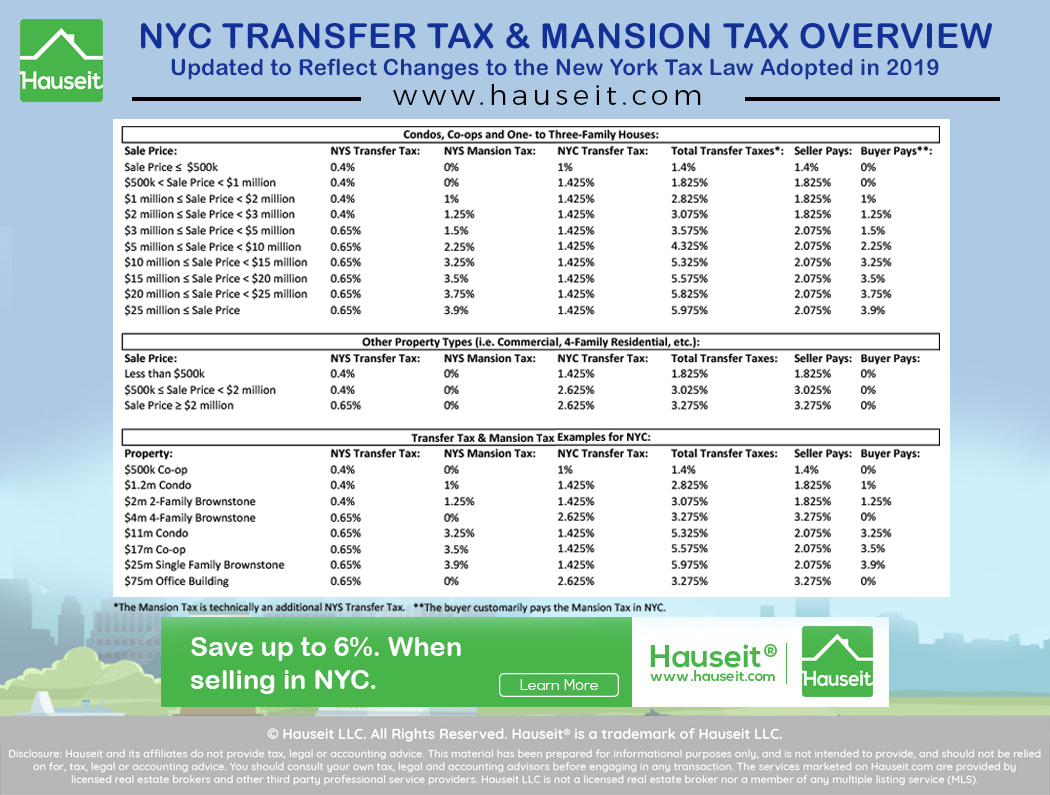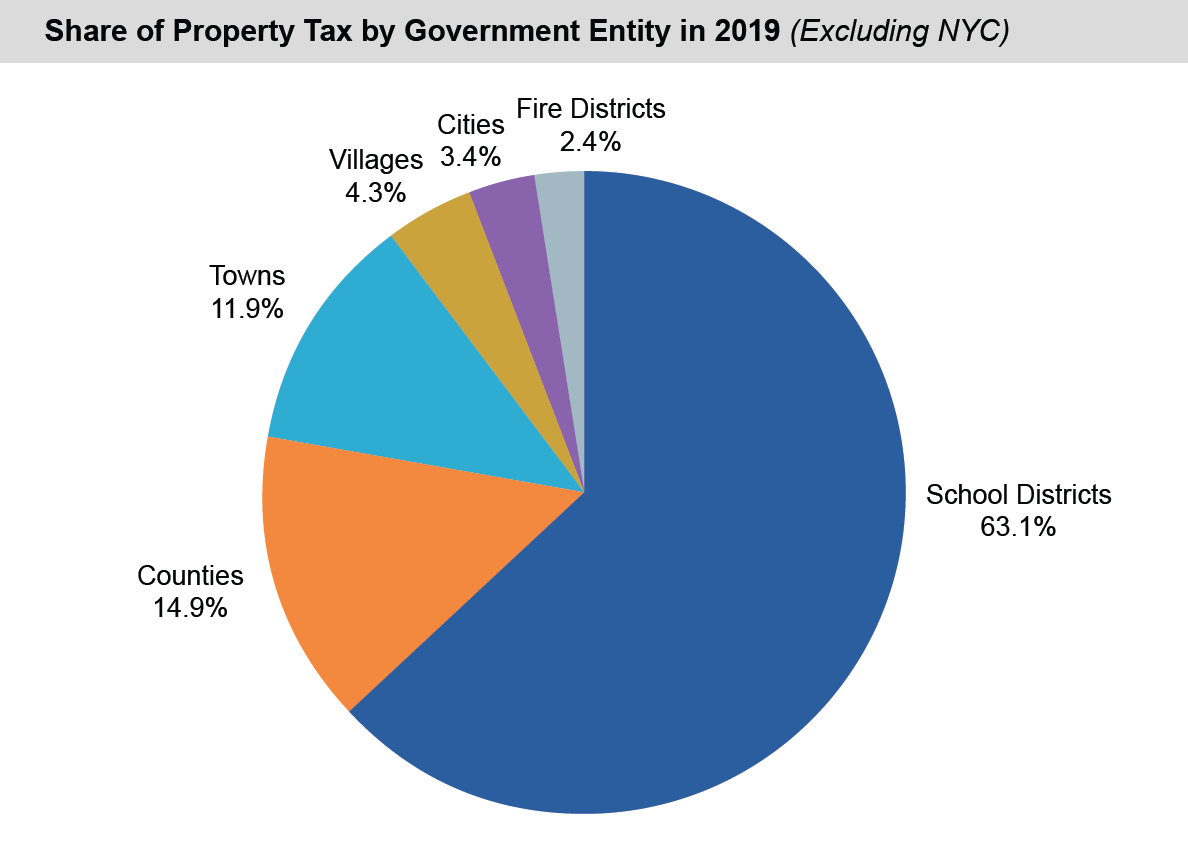New York State Taxes: Guide & Updates (2024/2025) - Your Guide
Are you prepared for the shifting financial landscape of the Empire State? Navigating the intricacies of New York State taxes is not merely an obligation; it's a strategic financial move that can significantly impact your bottom line, whether you're an individual, a business owner, or simply a resident looking to optimize your financial planning.
From the bustling streets of New York City to the serene landscapes upstate, New York's diverse economy demands a thorough understanding of its tax system. Whether you're grappling with income tax, sales tax, or property tax, staying informed is paramount. The state's tax laws are subject to change, with adjustments taking effect regularly, including those concerning collections of rent, which will be updated as of March 1, 2025. This article aims to provide a comprehensive overview of the key elements of the New York State tax system, empowering you with the knowledge to make informed decisions and navigate the complexities with confidence.
| Category | Details |
|---|---|
| Tax Types | Income Tax, Sales Tax, Property Tax, Estate Tax |
| Income Tax Rates | Graduated, ranging from 4% to 10.9% across nine income brackets (as of 2025). |
| Sales Tax | Subject to various rates, dependent on location and type of goods/services. |
| Property Tax | Varies significantly based on the locality (e.g., New York City, Yonkers, other municipalities). |
| Tax Filing | File both state and federal income taxes. |
| Tax Credits and Relief | Available for certain individuals and businesses, including credits for taxes paid to a province of Canada and family tax relief. |
| Tax Calculator | The New York State Tax Calculator (NYSTax Calculator) uses the latest federal and state tax tables to provide estimates. |
| Payment Methods | Online payment, or other methods. |
| Tax Programs | Learn how to apply for various tax programs and permits for businesses and individuals. |
| Tax Information Resources | NY.gov website, tax forms and instructions, Publication 20 (New York State Tax Guide for New Businesses), 2024 New York State Tax Table |
| Contact Information | There is no central fax number. Use "respond to department bill or notice to upload documentation" |
| Tax on Retirement Benefits | Social Security benefits are not taxed. |
| Corporate Tax Reform | New York's corporate franchise tax reform, enacted in 2014 and effective January 1, 2015, brought significant changes. |
| Estate Tax | Estates of nonresidents must file a New York State estate tax return if certain conditions are met. |
| Tax Penalties | Penalties and interest may be applied for failure to follow instructions. |
| Tax Updates | Updates apply to rent collections on and after March 1, 2025. |
| Tax Brackets | Nine tax brackets, with rates from 4% to 10.9% (as of 2025). |
| Tax Tables | Information about tax rates and tax tables for New York State, New York City, Yonkers, and the Metropolitan Commuter Transportation Mobility Tax. |
| Disclaimer | The state of New York does not endorse any opinions or warrant the accuracy of information on external websites. |
| Official Website | A ny.gov website belongs to an official New York State government organization. |
Understanding the nuances of New York State taxes is essential for every resident. As a New Yorker, you're part of a state that demands a careful and informed approach to financial obligations. A comprehensive understanding of the system, from income tax brackets to sales tax regulations, is the first step in ensuring compliance and making the most of available opportunities.
The income tax structure in New York is progressive, with nine distinct tax brackets. These brackets determine the rate at which your income is taxed, ranging from a lower rate for those in the lower-income brackets to a higher rate for those earning more. The specific tax rates and the income thresholds that define each bracket are adjusted periodically by the state legislature.
Sales tax is another critical component. The sales tax rate is not uniform across the state; it varies based on the location of the purchase, and the type of goods or services. Cities and counties may impose their own sales taxes in addition to the state's rate. For example, New York City and Yonkers have local taxes in addition to the state sales tax. Staying informed about the applicable sales tax rates in different localities is vital for businesses and consumers alike.
Property taxes also form a significant part of the financial landscape. Property tax rates fluctuate substantially depending on the specific municipality. Factors such as the assessed value of the property and the local government's budget influence these rates. Homeowners, business owners, and property investors must be aware of the property tax implications in their respective areas, particularly in places like New York City and Yonkers, where the local tax rates are distinct.
The availability of tax credits and relief is also crucial. The state offers various programs designed to alleviate tax burdens for eligible individuals and businesses. Those who meet specific criteria can claim tax credits, which directly reduce the amount of tax owed. Similarly, tax relief measures might be in place to provide financial assistance or exemptions, particularly for low-income families or certain industries.
Paying taxes on time is of paramount importance. To avoid penalties and interest, adhering to the deadlines set by the New York State Department of Taxation and Finance is essential. Whether you are an employee or self-employed, the Department provides various methods to pay, including online payments, to make the process more convenient. If you are an employee, the employer withholds the New York State taxes from the paychecks. Failure to meet the deadlines may result in penalties, and possibly interest.
To facilitate tax planning, the New York State Tax Calculator (NYSTax Calculator) is a handy tool. This online resource, powered by the latest federal and state tax tables, can help you estimate your tax liability. By inputting your income, deductions, and other relevant information, you can get an approximate figure for your tax return. For the 2025/26 tax year, remember to select the 2025 tax year when using the calculator.
Keeping updated with available forms and instructions is essential. The New York State Department of Taxation and Finance provides tax forms and detailed instructions for various tax types, including income tax, sales tax, and property tax. Many of these forms and instructions are available online as webpages, allowing for easier access and comprehension. The department encourages the use of online resources to facilitate the tax filing process.
For those venturing into new businesses, "Publication 20, New York State Tax Guide for New Businesses," offers a helpful starting point. This guide contains information tailored for new business owners. It covers various tax obligations, including sales tax, income tax, and employer-related taxes. Businesses can also learn about available tax programs and permits.
Furthermore, the New York State Department of Taxation and Finance provides services related to filing, refunds, and credits. Taxpayers can access information on how to claim refunds, apply for credits, and resolve tax-related issues. The department also has options to find payment options and ways to resolve issues. The state government also provides helpful resources to address common questions.
However, be aware that there is no central fax number for the New York State Department of Taxation and Finance. Instead, they advise using the online portal to upload any requested documentation or the fax number provided in any correspondence received. This approach helps prevent delays and ensures that information is correctly processed.
Navigating the tax system of New York means accounting for the complexities of both state and local taxes. In New York City and Yonkers, for instance, taxpayers must consider local tax rates in addition to the state's. Understanding the local tax regulations, especially regarding sales and property taxes, is fundamental. By keeping up with the nine tax brackets, understanding the local taxes, and average tax rates, the taxpayers can plan more effectively.
The state's corporate franchise tax reform, enacted in 2014 and effective January 1, 2015, was a significant initiative with extensive implications. The reform introduced various changes and improvements to the tax structure. This reform included changes to corporate taxation, impacting business operations across the state. This shows the dynamic nature of the tax environment in New York.
Regarding the estate tax, non-resident estates are subject to specific rules. If a non-resident estate holds real or tangible property in New York, and the estate's federal gross estate, plus any includible gifts, exceeds the basic exclusion amount, an estate tax return must be filed with New York. Its also crucial to understand how the estate tax applies.
In summary, staying informed and being proactive is key in managing your New York State taxes. By understanding the different tax types, being aware of the relevant tax rates and deadlines, making use of available resources like the NYS Tax Calculator and various tax programs, and staying updated on tax law changes, you can handle your tax obligations effectively and possibly reduce your tax liability. Whether you are an individual, a business owner, or an estate representative, thoroughness, planning, and understanding are crucial when dealing with New York State taxes.
Please note that these guidelines and information are based on the provided text and may not be exhaustive. For the most accurate and up-to-date information, always consult the official New York State Department of Taxation and Finance website.


